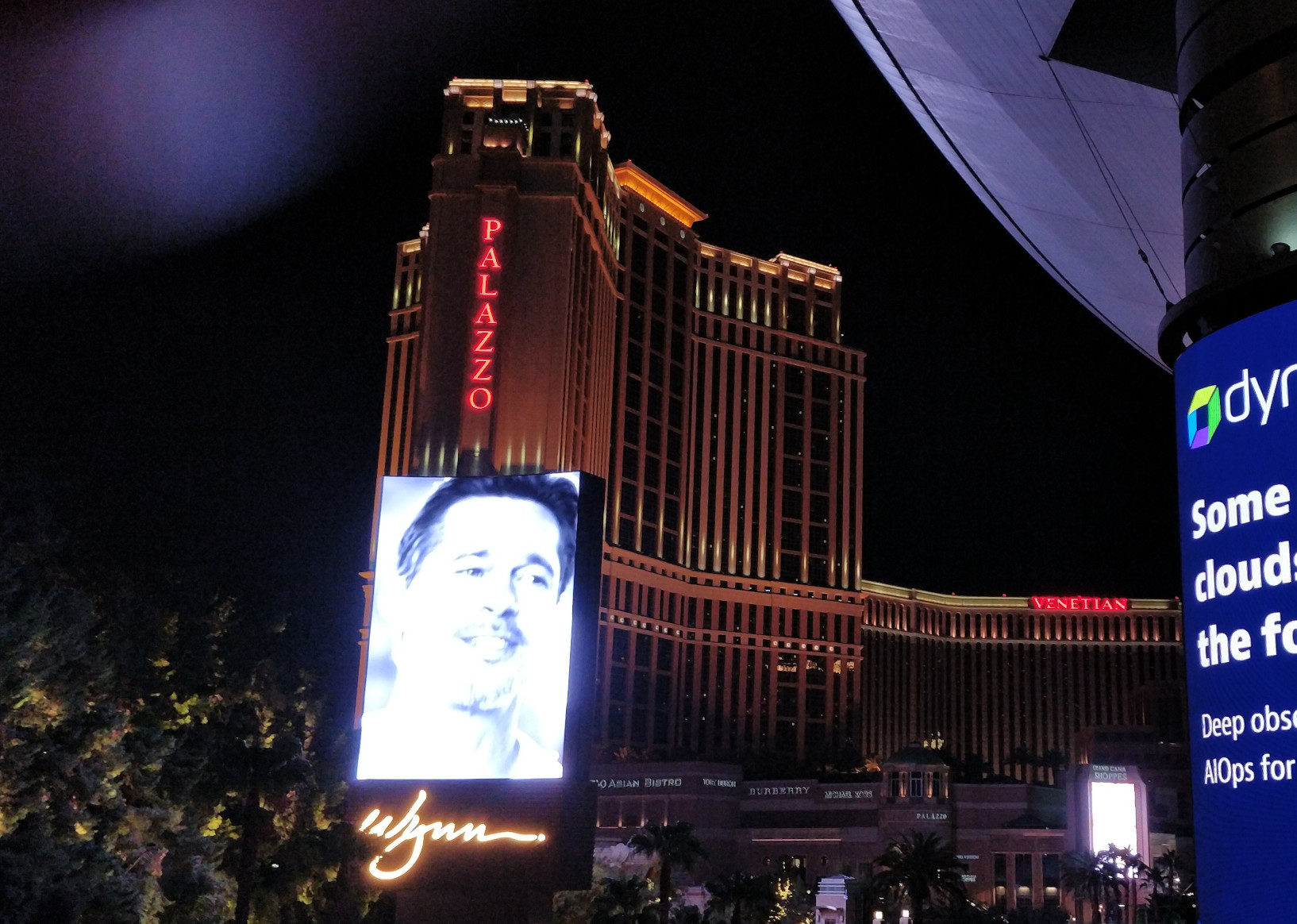For my day 2 recap, please jump here.
Third day started and Las Vegas woke up (or maybe more, never sleeps! 🙂 ! )

Organized every morning by AWS, a breakfast is served in a huge (really huge !) hall of one of the hotel. Logistic management is one of the strengths of Amazon, everything is very well marked, and every attendee must follow the path. No collision, no misunderstanding, being there in a such event is a real pleasure as everything is well organized.
Among all sessions I participated, here my followup on two of them.
Best practices for centralized operation management on AWS
This breakout session was presented by David Cliffe and Steve Rice. It was not technical at all. By that I mean they were not showing database things or EC2 running instances or even modern serverless infrastructures. It was focused on Incident and compliance management and later on application management. In the process of deploying, maintaining and providing support for an application, this is a key aspect.
Explaining through examples, they detailed what centralized operations management on AWS consists in. Two entities or teams : on one side, the applications team, on the other side the cloud operations team. Both interact.
From applications team, Operations management and application management processes going to cloud operations teams.
From cloud operations team, Compliance management and service management processes going application teams.
During this session we learned what a cloud operations team must do :
- working backward from customer,
- understand the best practices,
- build repeatable mechanisms.
They should be prepared for incidents, using detection, response and recovery.
This is possible through the AWS Systems Manager and the use of other AWS products such as AWS Config, Amazon EventBridge, AWS CloudTrail and AWS IAM.
On the other hand, an application team must do :
- deploying an application in production is the beginning of a project and not its closure,
- review operational readiness & stress the system,
- predict the future operationally,
- and use of continuous configuration to manage changes.
They ended the session by a nice presentation and demo of the AWS Systems Manager. Worth notice: the ServiceNow third-party product can be interfaced with that service.
As stated by Jeff Bezos, “Good intentions never work, you need good mechanisms to make anything happen.”
The second session I wanted to share here was related to EC2 instances, one of the basics of AWS offering.
Selecting and optimizing Amazon EC2 instances
It’s maybe one of the basics of AWS, yes for sure, but this is also not an easy task to pick up the right instance type (close to 500 instance types split into 6 categories !). This session, organized by Art Baudo and Chris Foote from AWS, showed us a deep dive into all type of instances, the pro and cons of each and the set of tools provided by AWS in order to help us to select the right one.
When you decide to deploy your workload into AWS cloud, three options : either EC2 instances, container based solutions like ECS / EKS or Fargate, and Lambda.
On the 500 instance types mentioned above, we can organized them into categories : General purpose, burstable, compute optimized, memory optimized, storage and accelerated computing. Each of them having its own capabilities, like the processor type and its clock speed, memory size, networking bandwidth, aso. And not to forget, the operating system can be either Linux, Unix, Windows or macOS.
A strong emphasis was made during this session on the AWS Graviton-based instances. Before the re:Invent 2021, there were the Graviton-1 and 2 instances, they announced for this event the Graviton-3 instances. ARM based architectures using 7nm technology, they claim to offer a 40% better price-performance ratio comparing to x86-based instances.
Lots of instances types, but they highlighted that selecting an instance type is a process, but it shall not be a top-high priority.
AWS provides tools in order to help us to find the correct type of instance.
The Amazon EC2 instance discovery helping in the selection. It can be accessed from the AWS Console, the aws CLI or through API calls.
The Amazon EC2 instance selector, which is an open-source CLI tool. This tool is published on GitHub and available here : https://github.com/aws/amazon-ec2-instance-selector
Time is flying and an other intensive day has passed. On the next day, one major event in the morning: the keynote from Dr. Werner Vogels, CTO of Amazon.

![Thumbnail [90x90]](https://www.dbi-services.com/blog/wp-content/uploads/2022/08/STH_web-min-scaled.jpg)